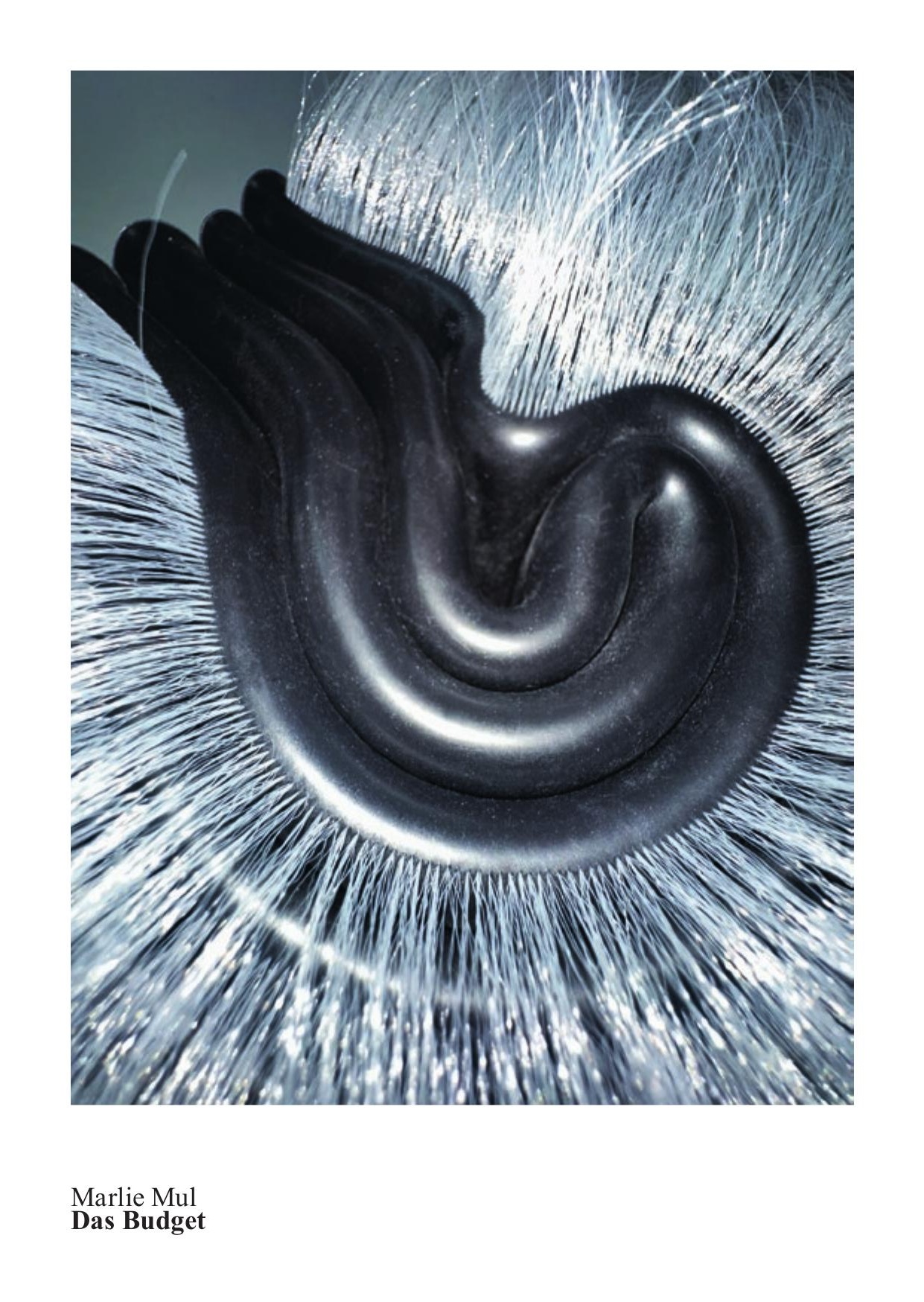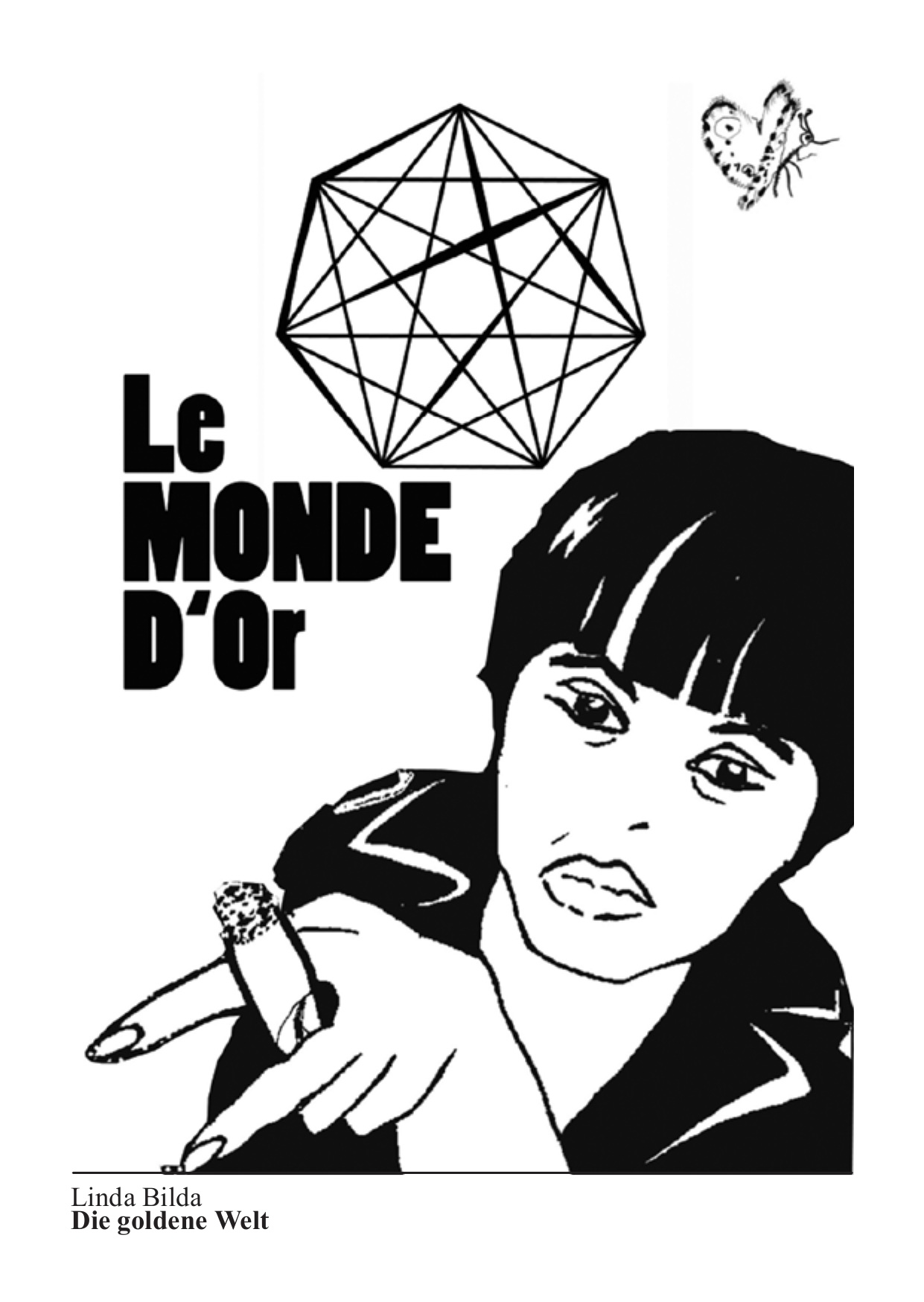28.5. – 13.8.2006
Rolf Graf Cider And Carbuncle
The works of Rolf Graf (b 1969 in Heiden AR, lives and works in Berlin) can manifest themselves as videos or photographs, as well as objects or installations, the constants of which are the self-reflective attitude and the ethnographic interest of the artist. Although his own observations and personal recollections often constitute the starting point for his art, the works are the results of a reflected distancing process that makes them accessible to the beholder.
For the exhibition Most und Karfunkel in the Kunsthaus Glarus, the artist has created a large wall piece, sculptural objects, photographs, and room interventions, which were conceived as individual works of art, but which are closely connected with each other through inner references. As the word combination of the exhibition title – Most und Karfunkel – may indicate, this exhibition is about the link between the down-to-earth and the fairytale-like, the everyday and the fantastically distant. With his works in the Kunsthaus, Rolf Graf plants hints that lead the viewer to places where knowledge and rituals are passed down, memories are situated, and the boundaries between nature and art are blurred.
In the side-lit hall of the Kunsthaus Glarus, the visitor first approaches a white undershirt hanging on a branch, looking as if a hiker has hung it up to dry. Leibchen, the title of the work, does not only mean the Swiss German counterpart of the standard German term “Hemdchen” (little shirt), but also refers to the dimension of the human body: the Leibchen (little body) as a comparative measure and as a covering thereof. On the interior of the undershirt, the artist has printed images of birds, which lie directly on the torso when the shirt is worn, like a reverse tattoo. This carrying of images on the body, for which there is no functional explanation, has a magical significance like that of amulets.
Rolf Graf’s works always convey something that cannot be captured in words, beyond the act of pure description. They are vehicles of felt knowledge that cannot be conveyed verbally and therefore also approach objects from the realm of cult or folk superstitions – themes that have always preoccupied artists in a wide range of contexts.
The work pica pica (Elsternarchiv) – or magpie archive – in the side-lit hall refers to the motif of the bird. Since the side-lit hall of the art museum is glassed-in on two sides, birds sometimes fly up against the large window surfaces. Rolf Graf refers to this by hanging up CDs with bast behind the glass front, as if they could keep the birds from their deadly flight into the windowpanes. The CDs are more than simply reflective deterrents, however; they are also carriers of an archive that the artist compiled on the topic of magpies. What is intended to keep the birds away from the glass panes, on the one hand, also attracts the “thieving” magpies with their silver shimmer.
Graf has pasted up the northern wall of the side-lit hall, in the direction of the mouth of the valley, with wooden wallpaper. Cut out of the wallpaper is a monumental locomotive, such as one might encounter in an old Western movie. As if the locomotive were emitting steam through the ceiling, a giant graphite cloud accumulates on the extension of the wall in the top-lit hall above. This piece, which can never be seen in its entirety, serves as a bracket between the top floor and the ground floor: The visitor either sees the negative form that the metal, multiple-ton locomotive has left behind, or the cloud of smoke deposited by the carbon-derivative graphite.
A cylinder made of worn boards stands in the middle of the large top-lit hall on the upper floor. The size and consistency of the boards indicate that they must have been exposed to the elements for a long time: They once were the exterior walls of a stall located in the home village of the artist in Appenzell. Arranged in a circle, without a roof, the structure has lost its earlier function as a protective shelter; nevertheless, the wood seems to have stored the memory of the last warming ray of autumn sun. The natural design of the boards produced by the weather is supplemented by a foreign object, however: Silver upholstery nails, which may appear like the holes caused by a shotgun or like a starry sky, once again mark the artist’s work with symbols that are incorporated into the art but are not readable.
On the lower floor of the Kunsthaus – which would be the basement of a family home in the recollection of children – the artist has provided apple cider in a glass balloon to the wanderer through Rolf Graf’s mental landscapes. The visitor is therefore confronted outside the exhibition space with an object that is known from a non-museum context, so that the question arises whether this is still art or not. In this undefined in-between space, the process of reflection begins, since – as the artist says himself – only at a kiosk or a bus stop does one begin to absorb what one has seen.
The artist book Happy & Convoy, which Rolf Graf published a few months ago as an editor, is not directly connected with the exhibition Most und Karfunkel, but it bears related traits. The artist working under the pseudonym of Happy & Convoy in Bucharest lives as an outsider on the streets and draws everyday objects such as tools, instruments, or electronic devices, but especially weapons such as pistols and daggers, on found pieces of paper. Happy’s drawings are more than simply an expression of his desires, longings, and fears; they have the magical power of protecting those that carry them. Rolf Graf’s work is also characterized by the impressions and deficiencies of his everyday world. Similar to Happy, he translates these by simple means into a language of images that, in their reduced form, both encompass something down-to-earth and something disconnected from reality; but – completely unlike the existential, authentic drawings by Happy – he removes the works from his own person through an artistic transfer. The decision as an artist (as a project for the F + F School for Art) to publish a different artist’s drawings created outside any sort of artistic context embodies a fundamental attitude that constitutes a main thread running through Rolf Graf’s entire work: His goal is to blur the boundaries between seemingly unambiguous categories and to rethink his own artistic conduct.

















